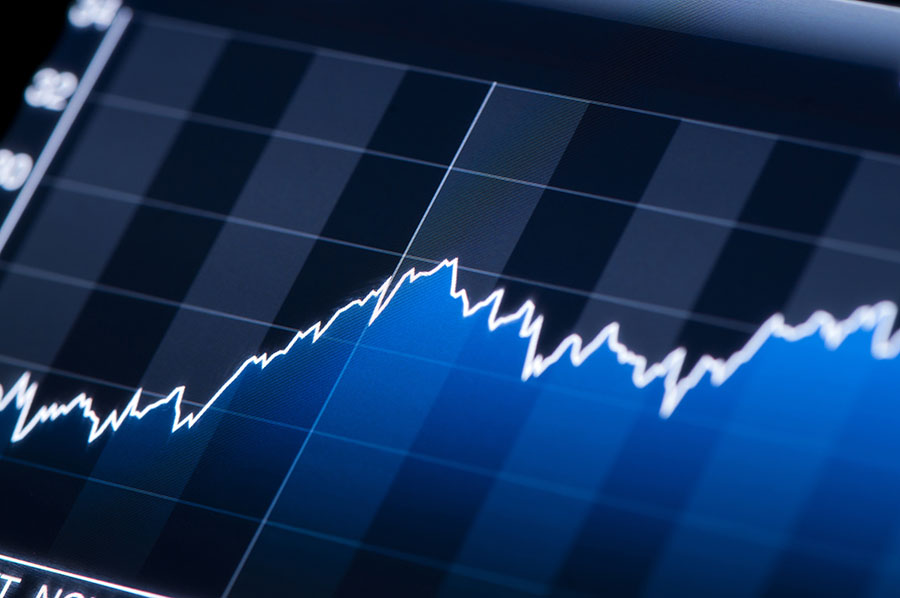Egypt Economics - Inflation flat in Jan; 50-50 chance for rate cuts in Feb

Inflation nearly flat in Jan, at 7.2% Y-o-Y
Egypt’s annual urban headline inflation remained nearly flat in January, at 7.2% Y-o-Y, a testament to a stabilised inflation environment. The outturn came slightly above our expected 6.7% because of higher food prices. The latter accelerated to 2.6% Y-o-Y in January, from 1.8% in December, while non-food inflation remained nearly unchanged at 8.3%. On a monthly basis, inflation was up 0.7% M-o-M, driven by a 1.7% increase in food prices (higher than our expected 0.5%) as non-food inflation was subdued at 0.2%. The upward move in food prices reflected typical seasonal price increases, mainly in vegetables (5%) and poultry (11%). Core inflation numbers have not yet been published; we expect a largely flat reading from December’s 2.4% Y-o-Y.
Maintain 6-7% average inflation forecast for 2020
With the continued strengthening of the USD-EGP and falling oil prices, we are inclined to maintain our inflation forecast of 6-7% in 2020. Subdued consumer demand is also another key factor in shaping our view of sub-par inflation readings this year. Weak demand is well demonstrated in the low non-food and core inflation figures, showing that underlying inflation trends remain weak. We see inflation slowing further in February and March to 5.5%, largely on base effects, before gradually rising to above 7% in 2H20. Low oil prices and the c2% USD-EGP appreciation YTD could provide some marginal upside to our inflation forecasts if they persist until April, when the next quarterly adjustment for domestic fuel prices is set to take place.
Is the CBE preferring to ease through liquidity at this stage? Rate cut in Feb a 50% chance
The Central Bank of Egypt’s (CBE) Monetary Policy Committee (MPC) refrained in mid-January from continuing its rate reduction cycle, taking a pause after cutting rates in three consecutive meetings. The decision was seemingly driven by the willingness to assess the impact of recent rate cuts (350bps since August), as well as the subsidised lending schemes announced at the end of last year. Higher oil prices in January, driven by geopolitical tensions, might have also been a concern. It is interesting to note that while on the one hand the CBE has kept its rates on hold in January, on the other hand it actually continued easing by releasing liquidity through its open market operations (OMOs). In January, the CBE on average rolled over only 75% of its maturing OMOs, a sign of its easing bias. This raises the question of whether the CBE would be more cautious at this stage on reducing policy rates, opting to ease through liquidity. After all, the pause in January and the subsidised lending schemes indicate, in a way, that the CBE has a relatively smaller margin to cut rates compared to what has been already delivered, in our view. This actually comes in line with our expectation of only 100-150bps of rate cuts in 2020 to continue providing decent real rates for carry traders, who are important to maintain a healthy outlook for the EGP. In that respect, and while we see ample room for the CBE to cut rates in its next meeting on 20 February, considering the elevated real rate environment, we see a 50% chance for a 50bps rate cut. Overall, we think the CBE will maintain its bias for further easing, but it is not clear to us whether there is urgency of cutting rates in the coming meeting and, therefore, waiting until April while injecting more liquidity into the market and monitoring the impact on demand and inflation trends.
Mohamed Abu Basha
Mostafa El Bakly